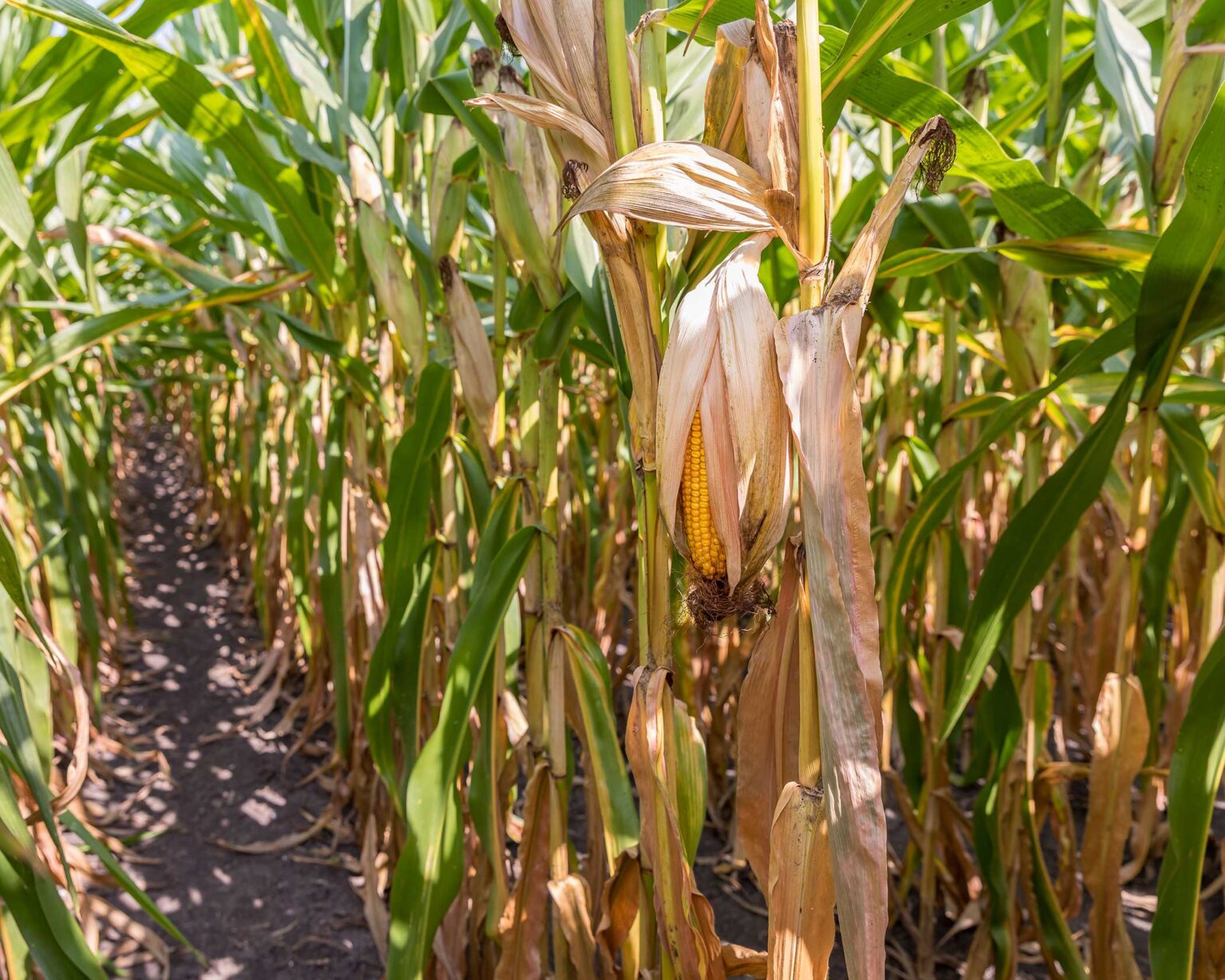Corn is one of the most valuable cash crops globally, with annual grain production in the United States alone valued at nearly $80 billion. Fungicides are widely used to protect crops and promote yield, but new research published in Phytobiomes Journal looked deeper at whether maintaining beneficial fungi would make a significant impact on corn plant health.
A research team led by research microbiologist Briana Whitaker and research plant pathologist Joseph Opoku, both with the U.S. Department of Agriculture’s Agricultural Research Service, in collaboration with Nathan Kleczewski from Syngenta Biologicals, investigated how foliar fungicides influence the foliar fungal endophyte community — the fungi that live within corn leaf tissue without causing disease.
The study, conducted at two agricultural research sites in the Midwest, used culture-based techniques to identify and quantify the fungi living within corn leaves. Researchers applied a systemic, multi-mode-of-action fungicide to assess its impact. The results? While the overall presence of culturable fungi didn’t change significantly, the composition of the fungal community did — especially in terms of diversity and abundance of specific fungal species. Interestingly, these effects varied by location, emphasizing the influence of environmental conditions on microbiome responses.
“This research presents an opportunity to reassess our crop management strategies — shifting the emphasis from just managing disease to also promoting the beneficial components of the plant microbiome,” Whitaker said. “Ultimately, the potential to implement more sustainable agricultural practices that not only safeguard crops but also enhance resilience is highly promising.”
This research is among the first to investigate how foliar fungicides affect the corn fungal microbiome — an area that has been largely overlooked despite the crop’s global importance. The findings could have broad implications for plant pathology, agronomy, ecology, and integrated pest management, encouraging a shift toward crop strategies that both protect against pathogens and support beneficial microbes.
As agriculture faces increasing pressure from climate variability, emerging pathogens, and the need for resilient cropping systems, the corn microbiome may represent an untapped resource.
“This work could lead to a transformative approach in agriculture,” Whitaker added, “where the synergy between plants and their microbiomes is acknowledged and utilized for long-term success.” With continued research, these beneficial fungal communities could play a central role in the next generation of precision agriculture.
To learn more, read Foliar Fungicide Application Alters the Culturable Foliar Fungal Endophyte Community in Corn in Phytobiomes Journal.


